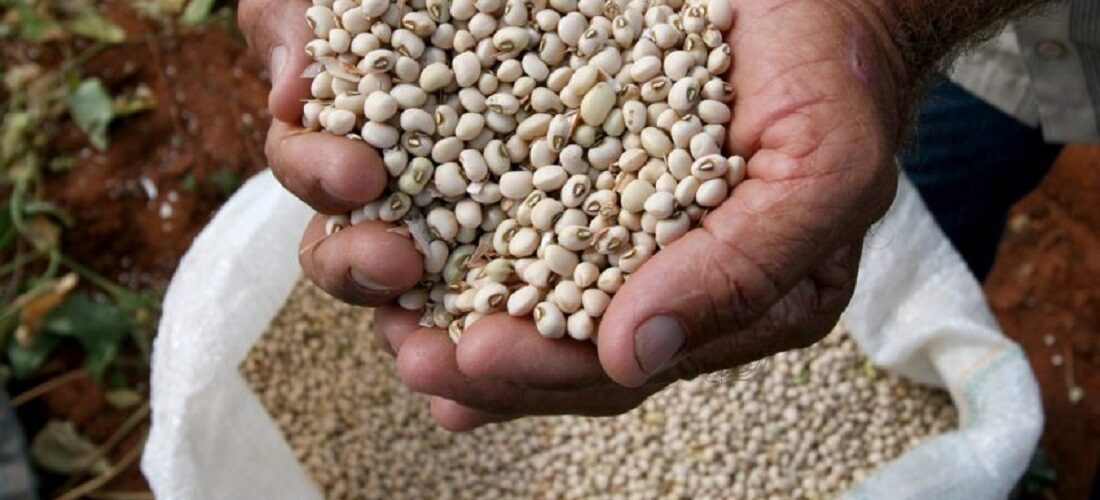
Brazil’s exports of beans and pulses continue to gain prominence
Feb, 11, 2021 Posted by Ruth HollardWeek 202106
Brazil is the only country in the world to consume carioca beans. Therefore, for many years, the country was left out of the world legume market. But the scenario began to change due to trading companies and exporters that decided that it was time to participate in a market that has a turnover of over US$ 2 billion a year. About five years ago, these companies began to encourage Brazilian farmers to plant varieties that are in high demand in Asian countries, such as azuki beans, mung beans, streaks, and cowpea.
As a result, national shipments of beans and pulses (dried legumes) have already reached 177,400 tons in 2020, an increase of 6.8% compared to 2019 and an increase of 44.6% compared to 2015. The revenue from exports reached US$ 148.3 million last year, compared to US 112.9 million in 2019 and US$ 78.1 million five years ago.
See the chart below for the history of Brazilian bean exports since 2017:
Brazilian Bean Exports (07133) | Jan 2017 to Dec 2020 | TEU
Text source: DataLiner (To request a DataLiner demo click here)
“Exporting companies invited a pool of producers to enter this market, showed global opportunities, and created future price guarantee contracts. This has been successful and has grown a lot”, says Marcelo Lüders, president of the Brazilian Institute of Beans and Pulses (IBRAFE). Lüders, who also owns the brokerage company Correpar, has been advocating the diversification of production and the sale of beans for years to stabilize prices in Brazil and guarantee production.
“With the short cycle, producers are hostage to the prices in Brazil. The bean goes up and down a lot, because there is no foreign market to spawn any excess production and/or to guarantee a remunerative price to the producer ”, he says. Brazil produces about 3.1 million tons of beans in three annual harvests, and the carioca accounts for 70% of the total.
China is the largest producer and consumer of beans in the world. India and Pakistan produce, but in deficit, like the United Arab Emirates. On the export front, Australia stands out, in good measure because it is not a consuming country. Myanmar and some African countries also serve the Asian consumer market. In South America, Argentina and Venezuela are Brazil’s competitors.
It is worth noting that carioca beans are produced in irrigation areas and at different times. The special seeds are sown after the summer harvest, in competition with the off-season corn, but have a much shorter cycle – from 110 to 130 days, compared to 120 to 160 days for corn.
Source: Valor Econômico
-
Fish
Feb, 18, 2025
0
Ceará Eyes the United Kingdom to Resume Seafood Exports to Europe
-
Ports and Terminals
Mar, 20, 2024
0
Cargo throughput at Port of Natal plunge 32.6% year-on-year
-
Other Cargo
Aug, 02, 2019
0
Brazil to export dairy products to China from August
-
Ports and Terminals
Sep, 20, 2024
0
Santos Port Authority President Calls for New Regulatory Framework to Streamline Public Port Management

